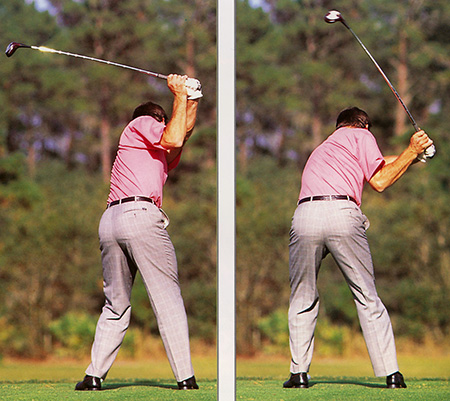Posts by Go Low in this thread have been deleted.
Go Low
Go Low
 ]
] ) and decide to baby one. Great tempo, no tension. Pounded down the middle. Tried to hammer the approach and topped it. Decided to just smooth out the new approach - stuck it to 6 feet.
) and decide to baby one. Great tempo, no tension. Pounded down the middle. Tried to hammer the approach and topped it. Decided to just smooth out the new approach - stuck it to 6 feet.
 ]
]





Comment